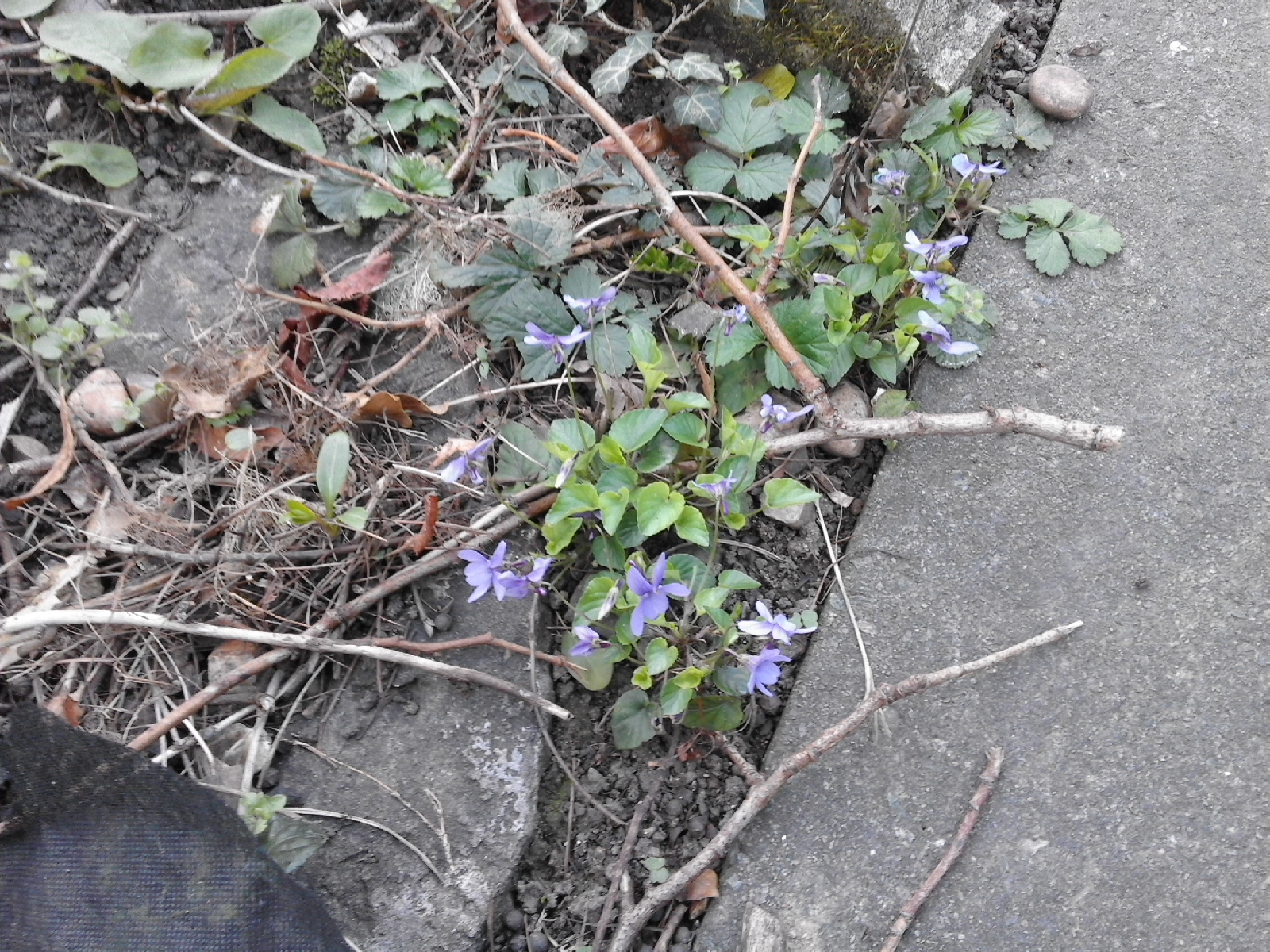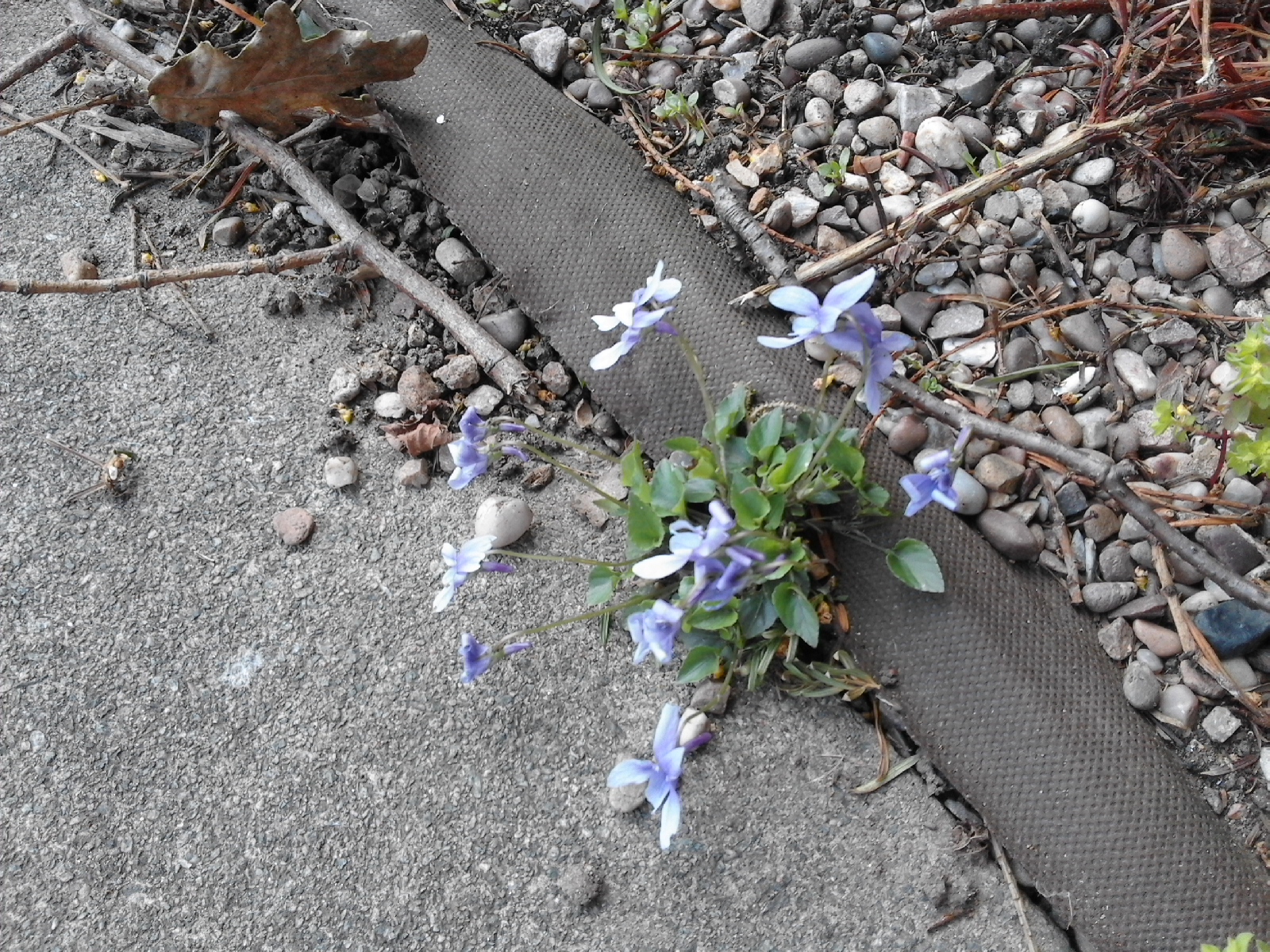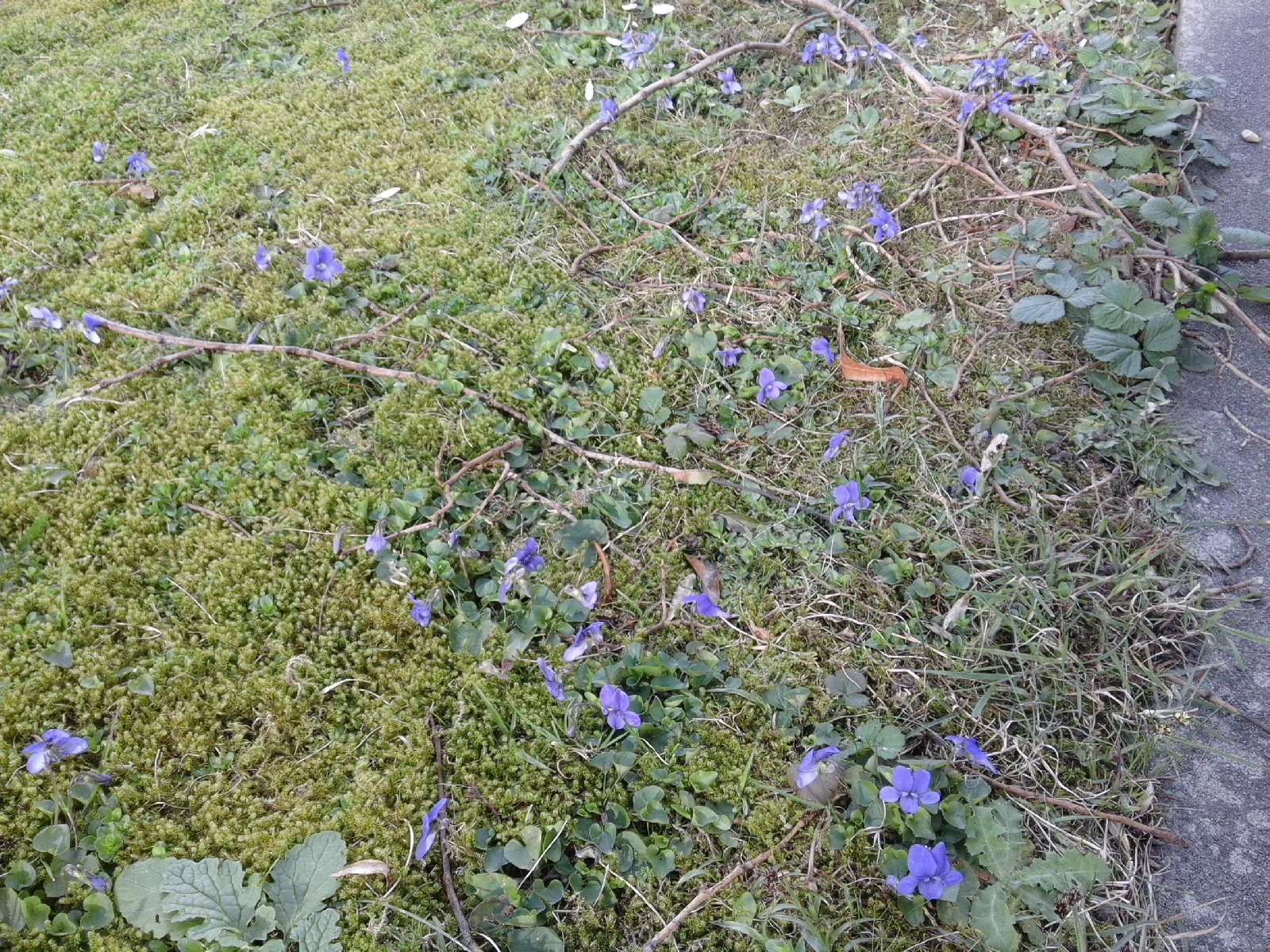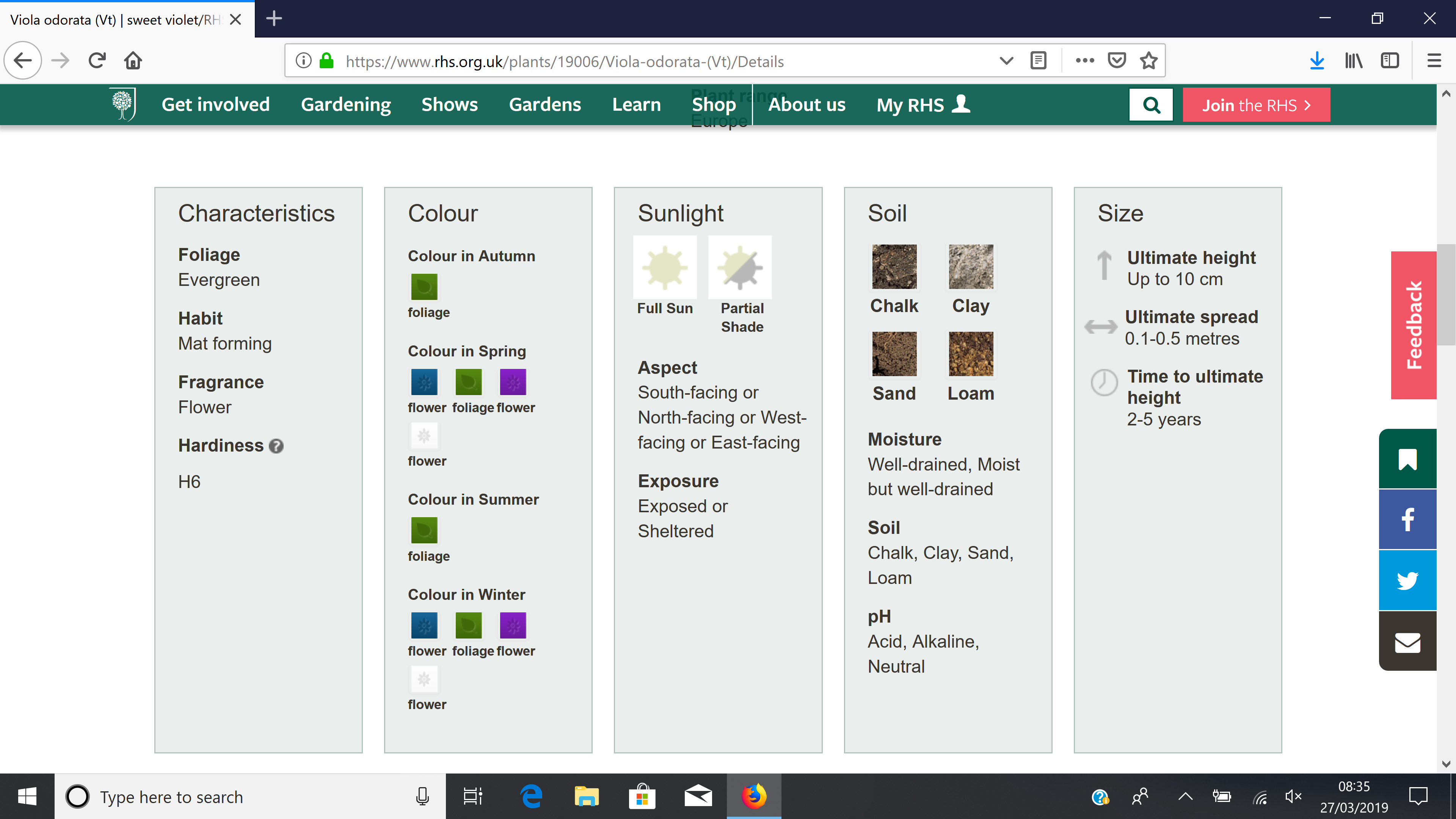A contest from @kus-knee about when nature provides extra bounty.
 A couple of years ago, I noticed a little beauty similar to this along the edge of my garden. This is down near the end, under the lime tree, in partial shade. I'm planning a woodland garden there, so I was pleased to see it.
A couple of years ago, I noticed a little beauty similar to this along the edge of my garden. This is down near the end, under the lime tree, in partial shade. I'm planning a woodland garden there, so I was pleased to see it.
 This year, these tiny plants have made it all the way up the garden, almost next to the house. Violets spread their seeds with an exploding capsule which can propel them some distance. Some varieties have small structures attached to the seed containing foodstuffs attractive to ants, which carry seeds back to their nests. When all the good stuff has been devoured, the seed is moved to the ants' waste and debris area - rich with nutrients for the new plant.
This year, these tiny plants have made it all the way up the garden, almost next to the house. Violets spread their seeds with an exploding capsule which can propel them some distance. Some varieties have small structures attached to the seed containing foodstuffs attractive to ants, which carry seeds back to their nests. When all the good stuff has been devoured, the seed is moved to the ants' waste and debris area - rich with nutrients for the new plant.
 My "lawn" was already overtaken with moss, especially in the more shady part of the garden. Here you can see the progress the violets are making after two or three years of being left to their own devices. Soon, they'll form a dense, low mat of foliage of heart-shaped leaves, with flowers in the winter and spring, and I'll never have to use the lawn mower again.
My "lawn" was already overtaken with moss, especially in the more shady part of the garden. Here you can see the progress the violets are making after two or three years of being left to their own devices. Soon, they'll form a dense, low mat of foliage of heart-shaped leaves, with flowers in the winter and spring, and I'll never have to use the lawn mower again.
 I'm not sure whether the variety I have are sweet violets or dog violets. As well as their delicate foliage and spreading habit, violets are sweet smelling and used for perfume and in cooking (you can eat the flowers). Violets are wide spread in Europe and the Northern Hemisphere, very adaptable and very hardy requiring minimum temperatures of -20 to -15 degrees centigrade. Pretty amazing!
I'm not sure whether the variety I have are sweet violets or dog violets. As well as their delicate foliage and spreading habit, violets are sweet smelling and used for perfume and in cooking (you can eat the flowers). Violets are wide spread in Europe and the Northern Hemisphere, very adaptable and very hardy requiring minimum temperatures of -20 to -15 degrees centigrade. Pretty amazing!